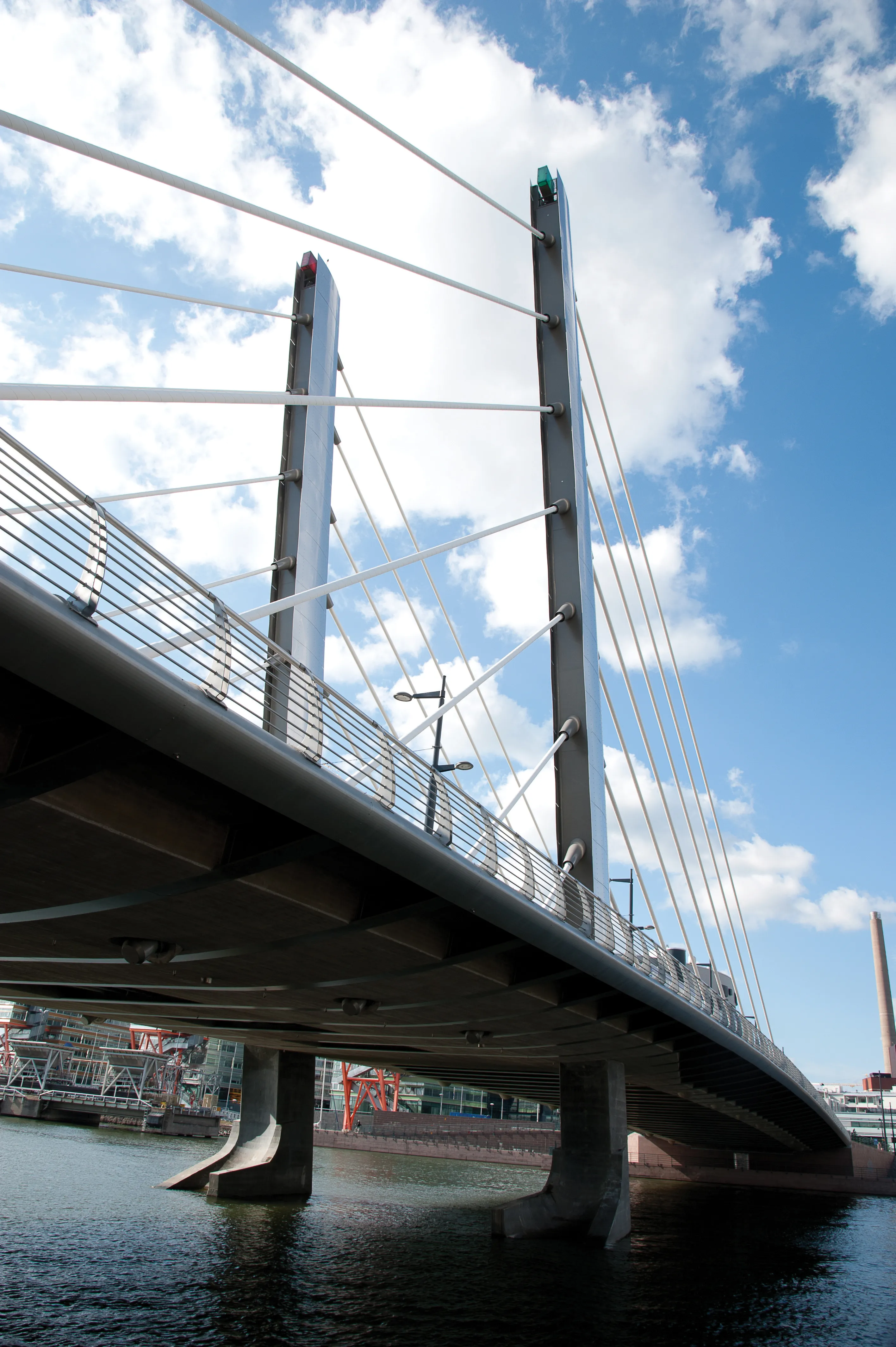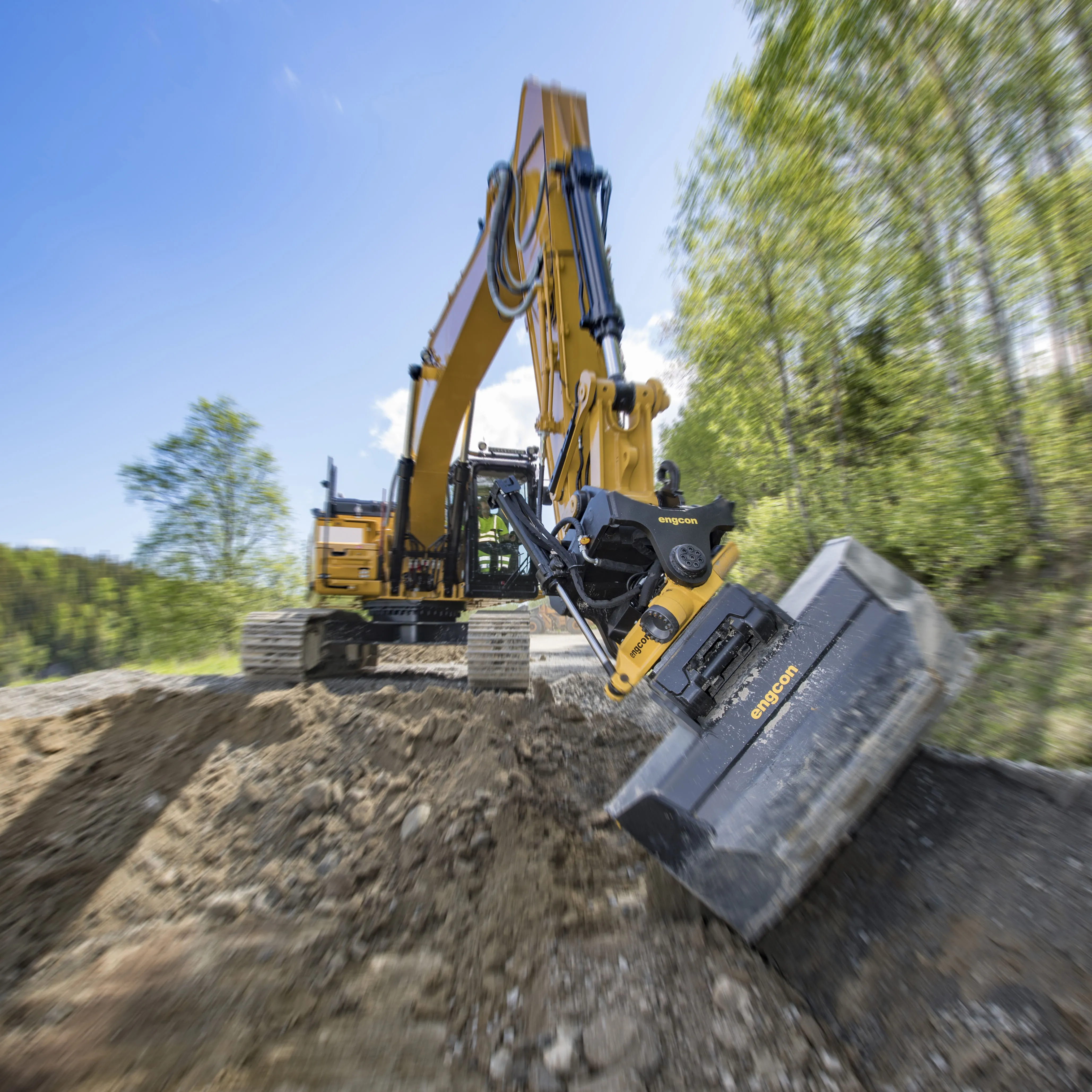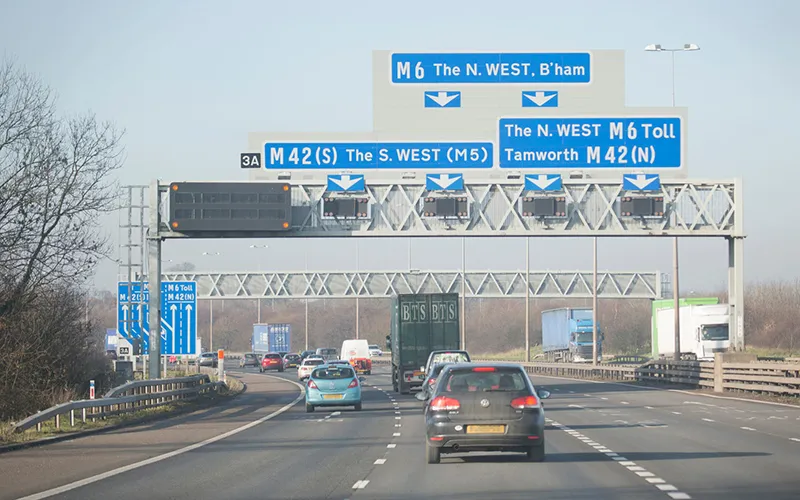A UK competition has been launched to find the country's best roundabout, which results in the greatest driving pleasure during its use. Motorists are also being asked to suggest which could be the country's worst roundabouts. The competition is called Roundabout Idol and has been set up by car leasing firm Central Contracts, which says it will highlight the UK's best and worst roundabouts in this national competition. The UK's first roundabout was built in Letchworth Garden City in 1909.
February 22, 2012
Read time: 1 min

A UK competition has been launched to find the country's best roundabout, which results in the greatest driving pleasure during its use. Motorists are also being asked to suggest which could be the country's worst roundabouts. The competition is called Roundabout Idol and has been set up by car leasing firm Central Contracts, which says it will highlight the UK's best and worst roundabouts in this national competition. The UK's first roundabout was built in Letchworth Garden City in 1909.









